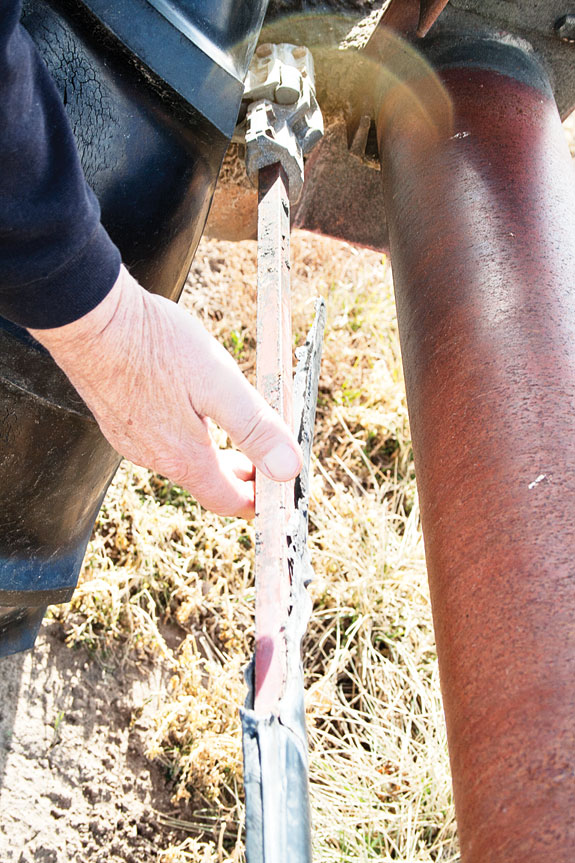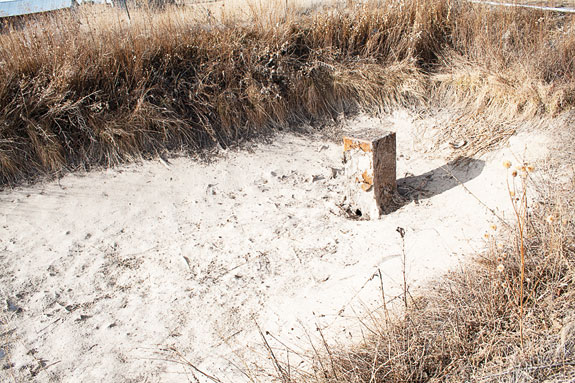Now that we are at pre-spring time, it would be a great time to start working on some of that badly needed maintenance and repairs on our irrigation systems.
Once our crops have been planted, working on our irrigation systems will not be easy. If you are growing corn, other grains or sometimes even hay, your irrigation system might not be as accessible as it is now.

As I have mentioned before, I’m a big fan of making checklists and performing visual inspections. Unless I have some type of reminder to jog my memory (or lack thereof), I will forget what repairs are needed on my equipment.
A good question to ask yourself before anything is: “Do I know of all the parts that should be checked on my irrigation system before I use it for the first time this year?”
I suggest starting with a list that includes looking at pumps, pipes, lines, valves, hoses, wheel lines and pivots. The list can go on and on because you have to consider other factors when working on your irrigation systems, such as the land or the farm ground that the pivots move over.

You have to be sure that your system is working properly to irrigate the land evenly and metered correctly. You do not want leaks in the irrigation system because that will affect water pressure and many other important factors necessary for proper irrigation.

Also, don’t forget about the high cost of electrical power required from the pumps and pivot operations in order to move the large pivot towers around the field in a programmed speed while keeping the pivot in line. This cost can jump up if the system is not working right.

For each tower, you have two sets of tires plus two gearboxes, drivelines, u-joints, a drive motor and many other parts. Most pivots are electrically controlled by some computer, switches, timers and other wires and connections.
Here is a list of some of the parts of a pivot that need to be checked, repaired and maintained.
- wheels
- tires
- gearboxes
- drivelines
- motors
- oil levels (in gearboxes)
- bolts (used for mounting of parts)
- u-joints
- wiring and connectors
- brackets
- tower pipes
- cables
- hoses
- drains
- nozzles
- pipes
- safety stops (pivot-stop stands)

I think that by creating checklists, you increase your awareness. A good manager knows what is coming up and prepares for the future.
The pivot irrigation system seen in the images is in need of some dire repairs. I’m sure you’ll see a few of the repairs needed, like the pivot-stop stands that are leaning too far, loose clamps and broken driveline shields.

It is necessary to take a look at your irrigation systems now in order to keep your maintenance bill at a manageable level throughout the crop season.
I think most of us make our own good luck by having proper information or knowledge and good maintenance programs. The same idea applies in our irrigation system maintenance.

We can all learn how and when to have irrigation pivots or the entire system serviced or checked for the next irrigation year.
We also have great irrigation dealers that are ready to help you with all of your needs but, please, don’t wait until the spring to call them.
That’s when they tend to be very busy setting up new systems and performing repair work. It’s necessary to talk with your irrigation dealer if you have questions.
Whether you, your employees or even your dealer go out and make repairs to your system, the timing in making these repairs will be crucial.
It would be better to make repairs now, rather than in the middle of summer when temperatures are high. Your crops won’t do too well without water. FG











